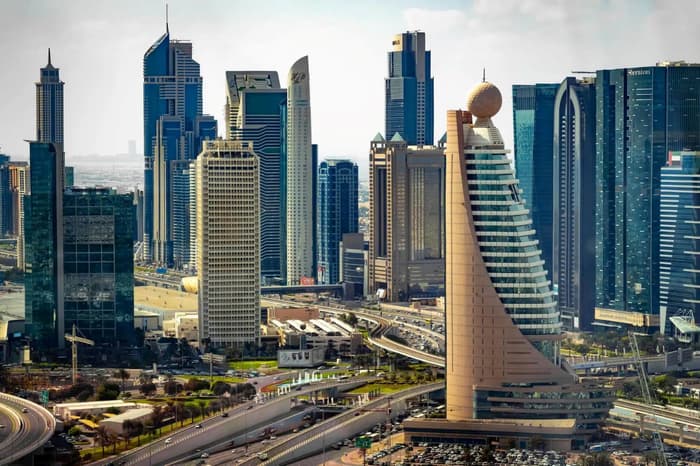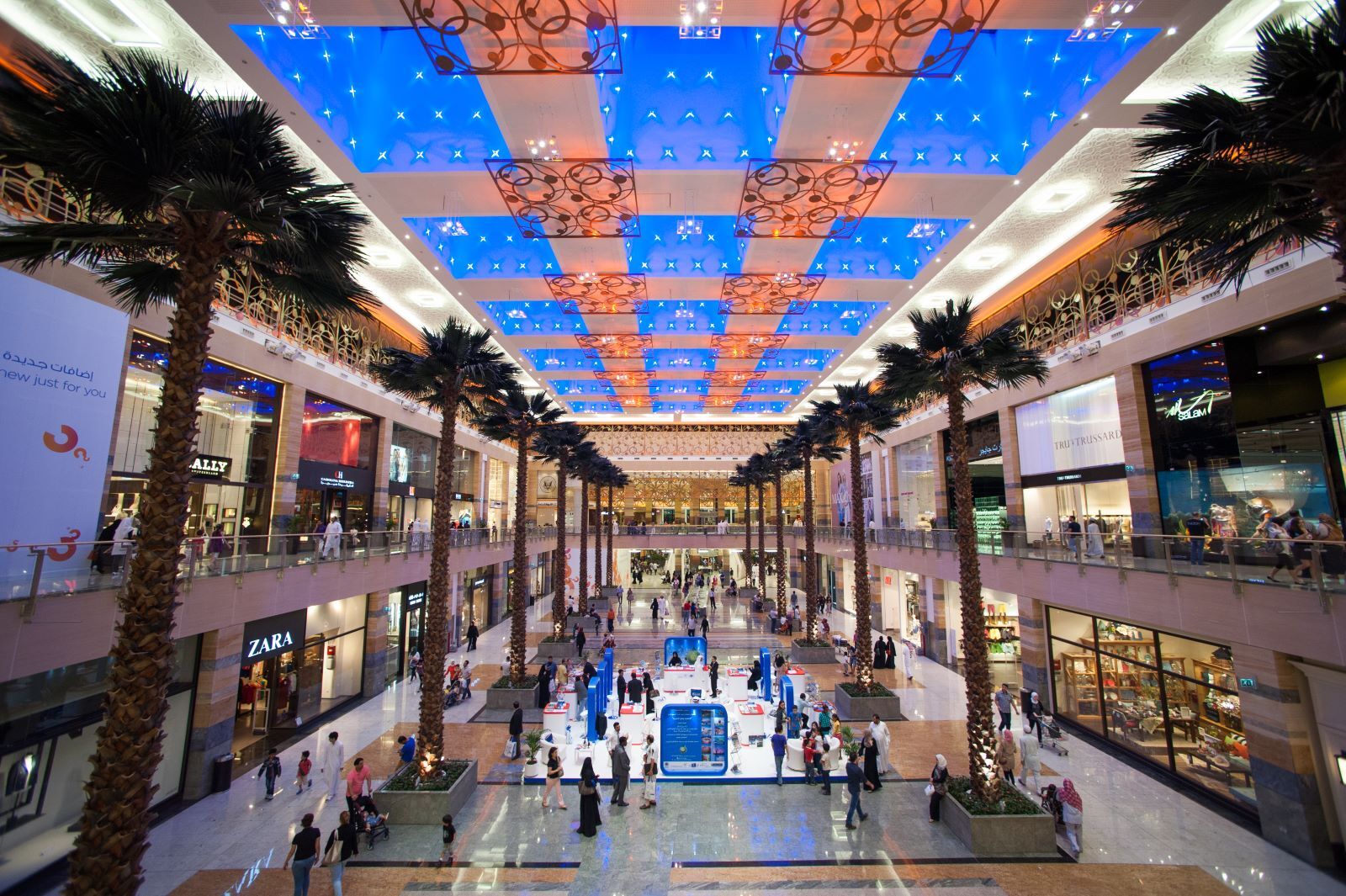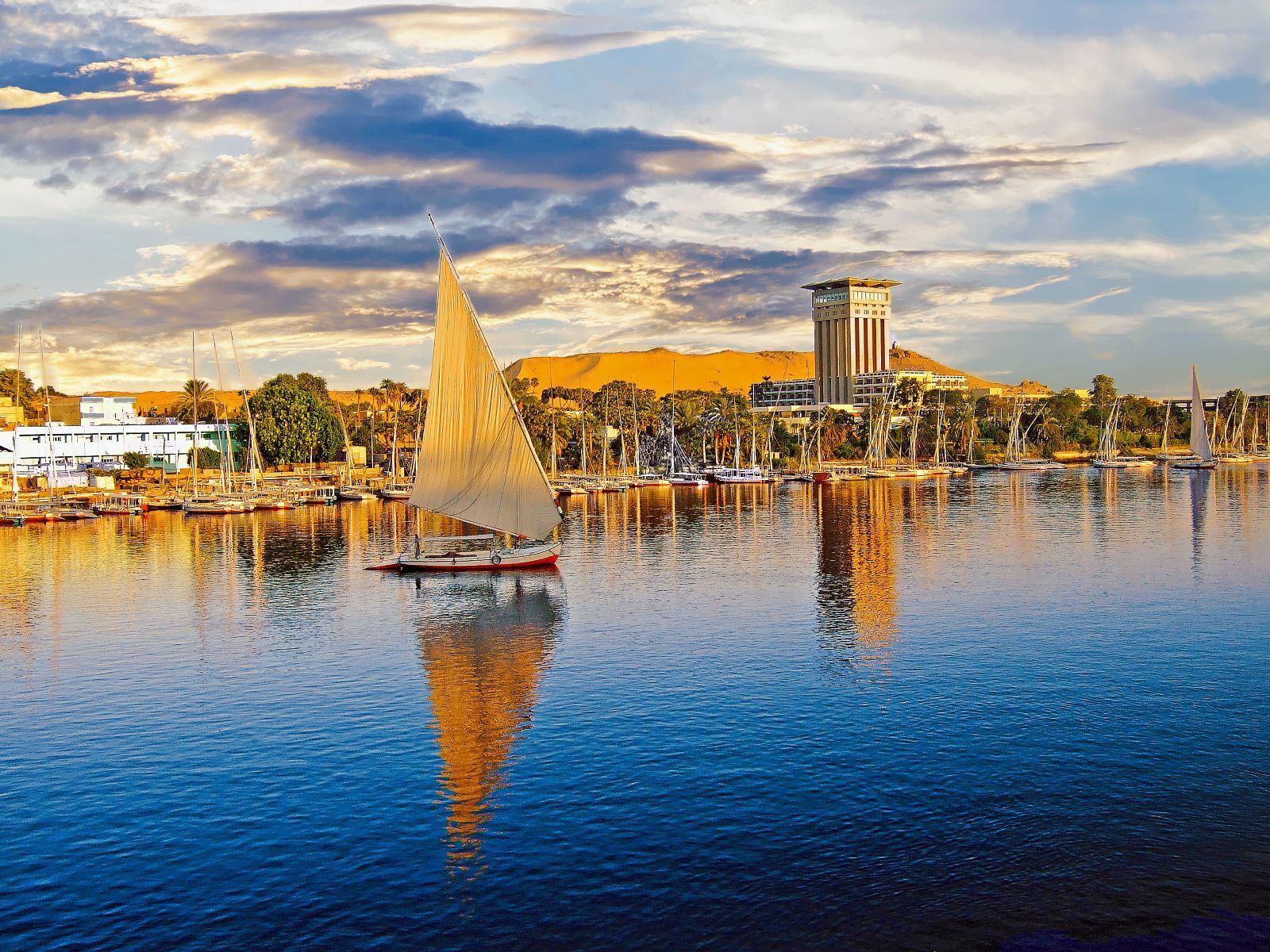Oldest Buildings in Dubai: Al Fahidi Fort, Toyota Building & More
In contrast to Dubai's image today as a glamorous cosmopolitan city, a few decades ago it was a modest fishing and pearling village with a humble and quiet lifestyle, just beginning its development journey. Under the leadership of its visionary rulers, the small fishing town has transformed into one of the most stunning cities in the world. Many unique buildings carrying their storied past remain well preserved up to today, while others perished under the sand of times. Below we present some of the most precious buildings that have stood the test of time and offer a glimpse of what this city used to look like.


1. Toyota Building
The Toyota Building, officially the Nasser Rashid Lootah Building, stands as a historic landmark in Dubai, symbolising the city's early development. Constructed in 1974, just three years after the formation of the UAE, it was among Dubai's pioneering high-rises on Sheikh Zayed Road when the thoroughfare was still nascent. Named for its iconic Toyota neon sign, the building served as a vital reference point for arriving in Dubai during an era when the city’s skyline was non-existent and dominated by sand and a handful of structures.
Significantly, the Toyota Building not only provided essential residential space but also marked the expansion of Dubai towards its newer ports and industrial zones. Over the years, with the rise of taller, modern skyscrapers, the building has still retained its character and historical importance. Its concrete construction, shaded balconies, and modest design reflect the architectural ethos of its time.
Today, while overshadowed by more imposing structures, the Toyota Building remains a testament to Dubai's rapid growth and transformation, offering a nostalgic link to the city's past amid its dynamic present.
2. Dubai World Trade Centre (DWTC)
The Dubai World Trade Centre (DWTC), inaugurated by Queen Elizabeth II on February 26, 1979, is a pivotal symbol of Dubai's transformation into a global hub for business and commerce. Originally named Sheikh Rashid Tower after Dubai's visionary leader, it was later renamed to its current title. Situated on what was then the outskirts of the city, DWTC initially faced scepticism about its remote location.
Designed by architect John Harris, DWTC was Sheikh Rashid's ambitious response to showcase Dubai's readiness for global trade. Initially planned as an exhibition centre, it evolved into a towering complex rising 39 stories high, becoming Dubai's tallest building at the time. Equipped with luxurious accommodations, residential towers, and comprehensive amenities like exhibition halls, parking, and recreational facilities, DWTC embodied Dubai's leap into modernity and sophistication.
DWTC's distinctive lattice-like façade and strategic location along Sheikh Zayed Road not only marked the city's skyline but also signalled its ambition and openness to international business. Over the decades, DWTC has remained a vital centre for global events, conferences, and trade exhibitions, continually reinforcing Dubai's status as a major player in the global economy.
3. Al Fahidi Fort
Al Fahidi Fort is Dubai's oldest existing building and a cultural landmark housing the Dubai Museum. Originally built in 1787, as a defensive structure by the ruling family of Dubai, it guarded the city's landward approaches. Over the centuries, it served various roles including as a residence for the ruler an arsenal, and a prison. In 1971, the fort was repurposed as the Dubai Museum, offering visitors a journey through the emirate's history and heritage before the era of oil discovery. The museum showcases artefacts, exhibits on traditional life, and other displays reflecting Dubai's evolution from a small fishing village to a global city.
Currently closed for renovation as part of Dubai's efforts to revitalise its Historical District, Al Fahidi Fort is a witness to the city's commitment to preserving its rich cultural heritage. This ongoing redevelopment project, undertaken by Dubai Culture & Arts Authority, Dubai Municipality, and the Department of Tourism and Commerce Marketing, aims to enhance the fort's facilities and ensure its significance as a cultural hub for generations to come.
4. Jumeirah Mosque
The Jumeirah Mosque, completed in 1979, is a prominent example of Islamic architecture in Dubai. Situated in the Jumeirah district, which was once inhabited by Arab fishermen and pearl divers, the mosque reflects a blend of historical styles such as Fatimid and Mamluk. Commissioned by the late Sheikh Rashid bin Saeed Al Maktoum as a gift to his son, Sheikh Mohammed bin Rashid Al Maktoum, the mosque is built from yellow-pink sandstone with intricate carvings on its minarets and dome.
Recognised for its beauty and cultural significance, the Jumeirah Mosque has become a focal point for cultural understanding through the Sheikh Mohammed Centre for Cultural Understanding's programmes. It welcomes visitors of all backgrounds, offering tours and educational sessions to promote dialogue and appreciation of Islamic traditions. The mosque's interior is equally impressive with its marble floors and Quranic inscriptions intricately carved into stone.
As one of the most photographed mosques in Dubai, the Jumeirah Mosque not only showcases architectural elegance but also serves as a bridge between cultures, embodying Dubai's commitment to openness and tolerance in a rapidly changing global landscape.
5. Bayt Al Wakeel
Built in 1935, Bayt Al Wakeel is a restored heritage building turned restaurant overlooking Dubai Creek. Originally constructed as a shipping office by Iranian mason Saji Mohammed Kukhardi, it was a crucial hub for sea voyagers travelling between Mumbai and Basra. It served as a vital shipping office and residence for the agent managing the voyages. The name Bayt Al Wakeel literally translates to 'house of the agent' in Arabic as that’s what people used to refer to it back in those days. The restaurant kept the name to showcase the historical role of the building as a meeting point for passengers and cargo handling.
This historic structure was built using Gatch, a form of mud that was bought from the top of Dubai Creek which is now the airport. Coral from the creek, and mangrove poles from East Africa, chosen for their termite resistance, reflect early 20th-century commercial construction in the region.
Over the years, Bayt Al Wakeel has transformed into a cultural landmark, housing a maritime museum and the famed Bayt Al Wakeel restaurant. Seafood is cherished in Emirati cuisine thanks to Dubai’s extensive coastline, and the restaurant pays homage to this heritage. Locals fondly recall dishes like grilled fish, fish biryani, and machboos made from locally caught fish at Dubai Creek. Their grilled fish dishes not only celebrate Dubai's maritime history but also nod to the trade connections with neighbouring nations. Ingredients such as saffron from Iran and spices from India evoke the flavours that travellers brought to and from Bayt Al Wakeel in the 1930s.
Today, Bayt Al Wakeel continues to tell the stories of Dubai's maritime past while inviting visitors to experience both its historical significance and culinary traditions. It offers scenic views of Dubai Creek and Burj Nahar, one of three historic watchtowers used to guard Dubai from attack by desert tribes.
Final Thoughts
These landmarks serve as silent witnesses to Dubai's evolution, embodying a bygone era of the city's rich history. Thanks to proactive government initiatives, these buildings will stand the test of time as enduring symbols, inspiring future generations with tales of Dubai's cultural past.



